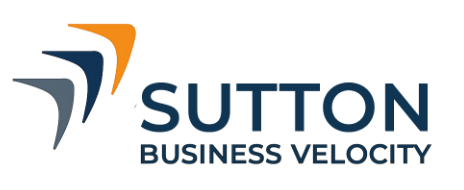In highly competitive markets, the ability to adapt quickly separates thriving organizations from those struggling to keep pace. While technology, operations, and leadership often take center stage in agility discussions, a thoughtfully designed total rewards strategy quietly powers flexibility, motivation, and resilience within an organization.
Aligning Rewards with Strategic Goals
A total rewards strategy goes beyond salary and benefits; it acts as a mechanism for aligning employee behavior with organizational objectives. When compensation, incentives, and benefits are structured intentionally, employees understand which outcomes matter most. For instance, performance-based incentives that reward collaborative problem-solving encourage teams to pivot rapidly when market conditions shift. Similarly, long-term equity or incentive programs tie employees’ success to the company’s trajectory, fostering a shared sense of ownership.
This alignment does more than motivate; it provides a framework for decision-making under uncertainty. Employees who feel that their contributions are recognized and rewarded appropriately are more willing to embrace change, test new approaches, and contribute innovative solutions. Essentially, a transparent and thoughtful total rewards strategy signals to the workforce: “Your adaptability matters, and it is valued.”
Flexibility Within Benefits and Work Arrangements
Employee benefits often extend beyond healthcare and retirement programs. Flexible options, such as wellness initiatives, remote work arrangements, or customized time-off policies, allow employees to balance personal and professional demands. When these programs reflect the diverse needs of a workforce, they enhance engagement, satisfaction, and retention, all of which directly impact agility.
A workforce confident in their personal security, like financial, health, and otherwise, can focus mental energy on responding to market shifts rather than worrying about unforeseen personal expenses. Companies that weave flexibility into total rewards signal a culture that values human needs alongside business performance, creating a workforce prepared to pivot when challenges arise.
Incentives That Encourage Experimentation
Market agility relies on employees’ willingness to experiment, iterate, and occasionally fail forward. Incentive structures embedded within total rewards can reinforce these behaviors. For example, short-term incentives can reward quick problem-solving or innovation, while recognition programs celebrate creative contributions across levels.
This approach reduces the stigma around risk-taking and empowers employees to pursue ideas that might lead to breakthrough solutions. When total rewards embrace experimentation, organizations cultivate a mindset that adapts, explores, and thrives under competitive pressures.
Building Agility Through Transparency and Communication
Total rewards strategies also enhance agility by fostering transparency and clear communication. Employees who understand how their performance translates into rewards can make more informed decisions in real time. Open communication regarding grades, levels, and eligibility encourages trust and minimizes uncertainty, enabling faster responses to changing priorities.
Training leaders and managers to interpret and implement these mechanisms ensures consistency across departments. When employees see that the organization invests in their clarity, growth, and development, they respond with engagement, accountability, and agility.
The Strategic Advantage
A company’s total rewards strategy shapes the workforce’s behaviors, decisions, and willingness to adapt. Thoughtful design, flexible programs, and clear communication create an environment where employees can pivot, innovate, and stay motivated in competitive markets. In essence, rewards act as a lever for organizational agility, helping teams respond confidently to challenges while sustaining high performance.
At Sutton Business Velocity, I partner with organizations to optimize total rewards strategies. From assessment and enhancement recommendations to implementation and training, I help companies cultivate engaged, adaptable employees who drive performance, resilience, and success in competitive markets.

